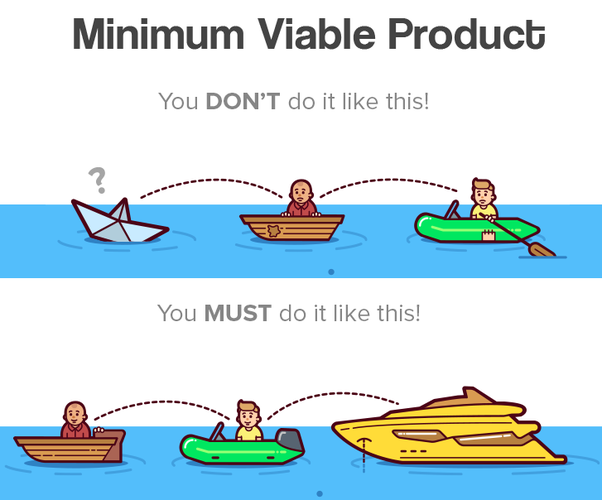The first questions that need to be answered are;
- What is my physical product?
- How does it BENEFIT my ideal target audience?
- Who will be the early adopters of the physical product?
- What is the most suitable business model to launch this type of physical product?
First, you need to discover and define your physical products minimum viable product.
“Minimum viable product (M.V.P) is a product with just enough features to satisfy early customers, and to provide feedback for future product development”

“A problem well stated is a problem half-solved.”
– Charles Kettering
American inventor, engineer, businessman, and the holder of 186 patents.
Create an internal product manifesto, draft a vision. Outline the product and the key aspects of the business before investing a penny in development.
But, when you define the product, define it from the user point of view. Describe benefits not features. Find reasons why somebody should use it, ask people and discuss with anybody open to having a coffee with you. Go in the field and meet the potential customers.
Focus on benefits, not on features. People buy products, not technologies.
Build a basic prototype with the key features as fast as you can. Get out from the lab and conduct user-interviews, expose the prototype to users, talk, evaluate. Iterate the physical product based on user feedback over and over again.
Beta testing is crucial. You learn not only if the physical product is relevant how it is used, but you can plan a real go-to-market strategy.
Physical Invention Roadmapping Service
Define your physical product concept, validate your physical product idea,
and set the stage for full design development.
- Define the problem you’re physical product will solve
- Research and analyse whether the solution is viable.
- Discover what is required at minimum to launch your product.
Read more here: ROADMAPPPING-Industrial Design – Jay Johl – Medium
0